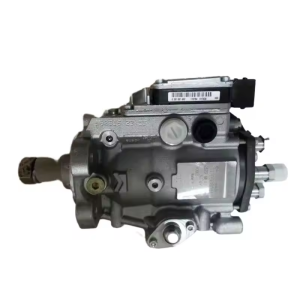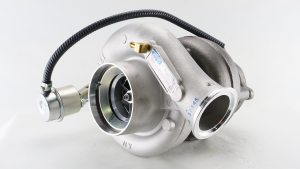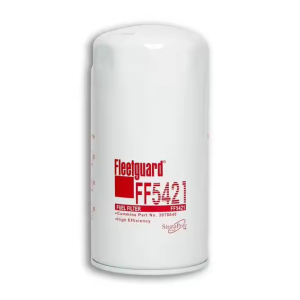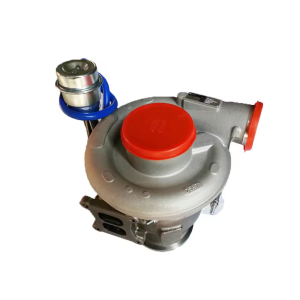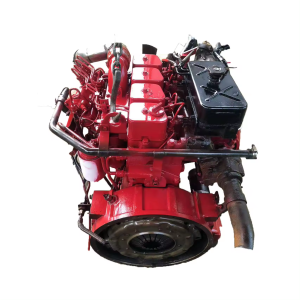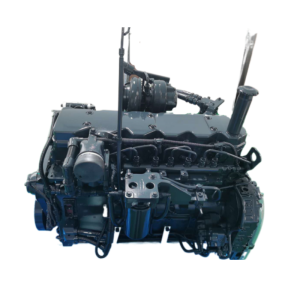Turbochargers are critical for diesel engine performance, particularly in Cummins engines. Over time, wear and tear can lead to reduced efficiency, smoke emissions, and even engine damage. Rebuilding the turbo instead of replacing it saves cost while restoring engine power and fuel efficiency. Proper rebuild ensures longer turbo life and better reliability.
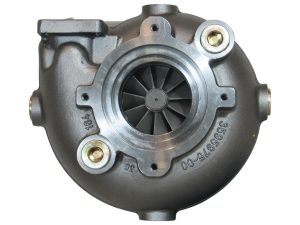
Components Included in a Turbo Rebuild Kit
A typical Cummins turbo rebuild kit contains several essential components:
Bearing Housing: Supports the turbo shaft and ensures smooth rotation.
Journal Bearings: Reduce friction and wear inside the turbo.
Thrust Bearings: Control axial movement of the shaft.
Seals and O-Rings: Prevent oil and air leakage, critical for turbo performance.
Turbine Wheel and Shaft: Core moving parts that generate boost.
Compressor Wheel: Draws and compresses air for efficient combustion.
Gaskets and Hardware: Complete set of necessary gaskets, bolts, and washers.
Some premium kits also include journal sleeves and balance services to extend turbo life. Quality of components is crucial—OEM or high-quality aftermarket parts are recommended for reliability.
Preparing for Turbo Rebuild
Preparation is essential to ensure a smooth rebuild process:
Clean Workspace: Turbo components are sensitive to dust and debris.
Proper Tools: Torque wrench, snap ring pliers, bearing installation tools, and a bench vise.
Safety Gear: Gloves and eye protection.
Inspect Turbo Housing: Check for cracks, corrosion, or excessive wear.
Step-by-Step Installation Process
1. Remove the Turbo
Disconnect air intake and exhaust.
Remove oil feed and return lines carefully.
Detach turbo from the manifold.
2. Disassemble the Turbo
Separate the compressor and turbine housings.
Remove the turbine wheel, shaft, and bearings.
Keep components organized for reassembly.
3. Clean and Inspect Parts
Use solvent to remove carbon buildup.
Inspect shaft, wheels, and housings for damage.
Replace worn components from the rebuild kit.
4. Install Bearings and Seals
Apply assembly lubricant on bearings.
Fit thrust and journal bearings carefully.
Install seals and gaskets from the rebuild kit.
5. Reassemble Turbo
Reinstall turbine and compressor wheels.
Torque bolts to manufacturer specifications.
Ensure proper shaft rotation and clearance.
6. Reinstall Turbo on Engine
Reconnect oil lines, air intake, and exhaust.
Prime oil system before first start to prevent dry run.
Test engine at idle and under load for leaks or abnormal noise.
Common Issues During Installation
Oil Leaks: Usually caused by improper seal installation or damaged oil lines.
Unbalanced Turbo: Can result in vibration; ensure the shaft is balanced during rebuild.
Incorrect Torque: Over-tightening can crack housings; under-tightening causes leaks.
Proper attention to detail during assembly prevents these issues.
Maintenance Tips After Rebuild
Regular Oil Changes: Clean oil protects bearings and seals.
Warm-Up and Cool-Down: Prevent thermal stress on rebuilt components.
Check for Leaks: Inspect after first few hours of operation.
Monitor Performance: Reduced boost or unusual noise indicates potential issues.
Conclusion
Rebuilding a Cummins turbo restores engine performance, efficiency, and reliability at a fraction of the cost of a full replacement. By understanding kit components and following proper installation procedures, diesel enthusiasts and professionals can extend the life of their turbocharger and maintain peak engine performance.
